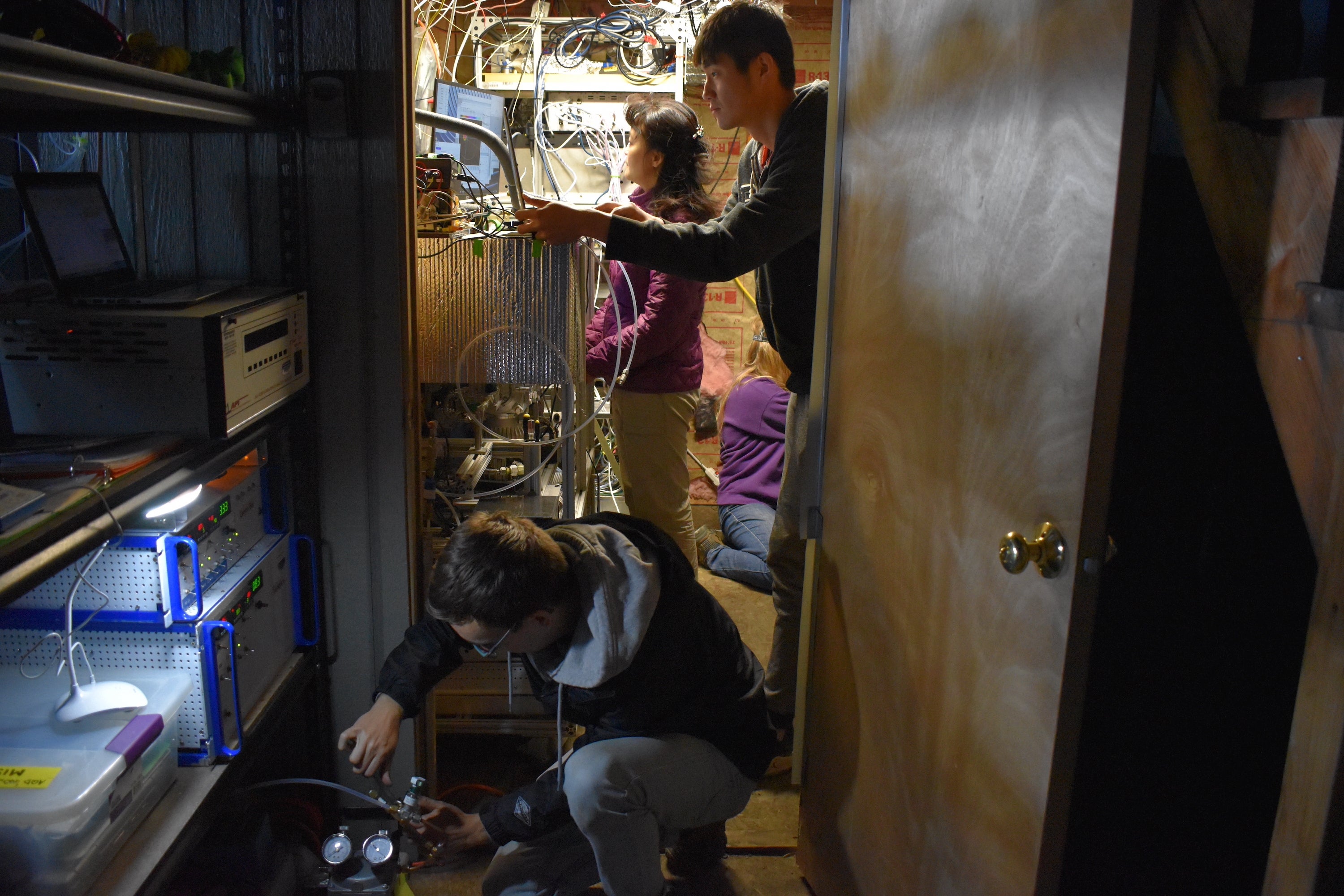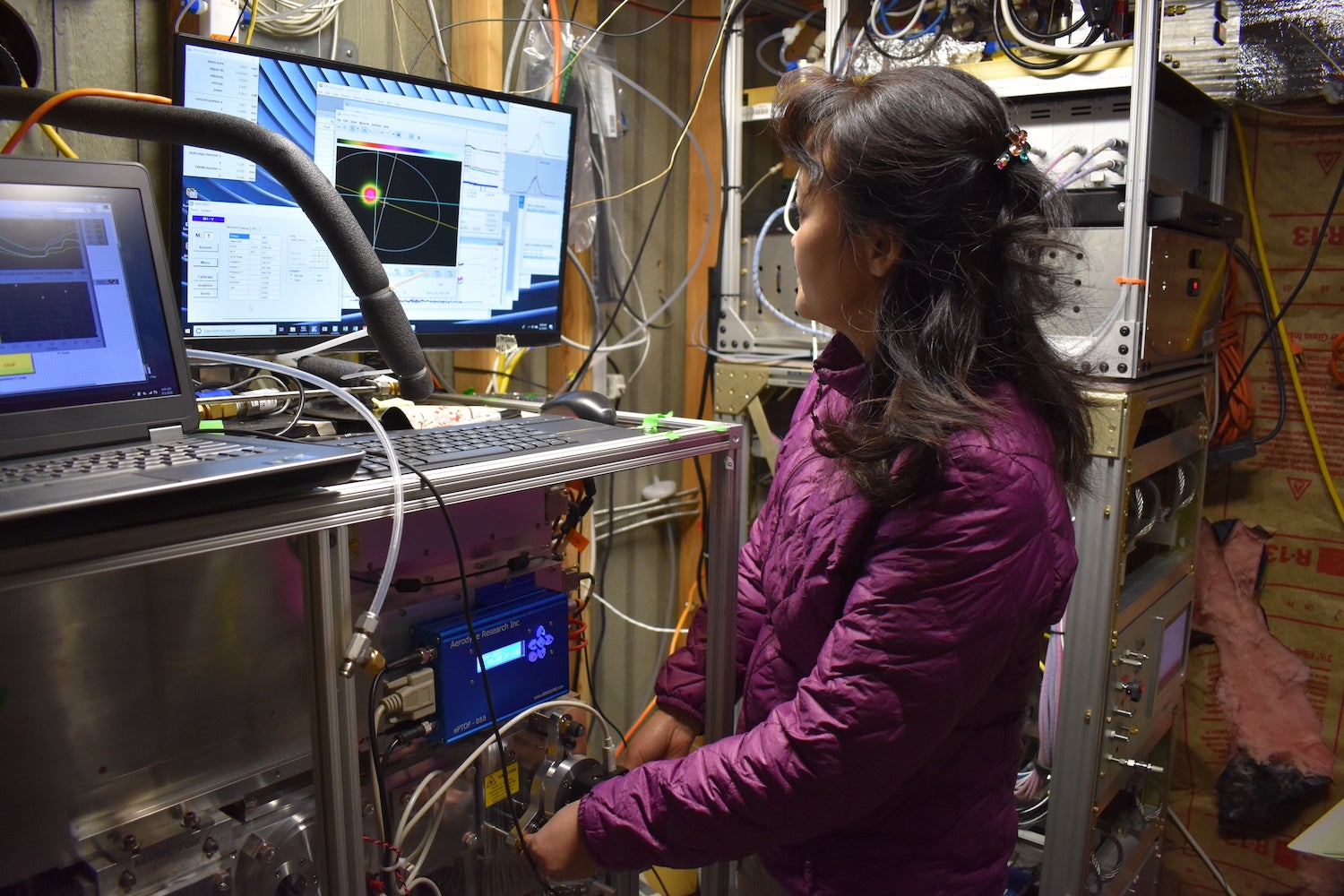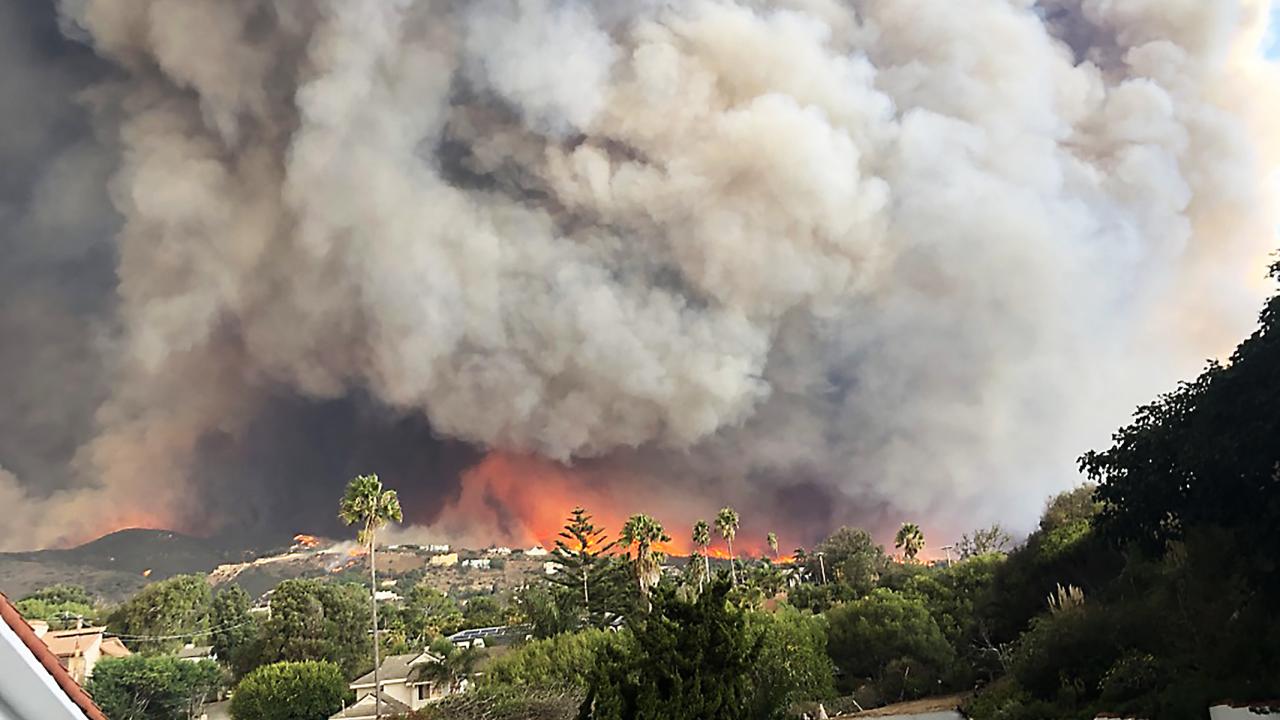Aerosols carried in wildfire smoke plumes that are hundreds of hours old can still affect climate, according to a study out of the University of California, Davis.
The research, published in the journal Environmental Science and Technology, suggests that wildfire emissions even 10 days old can affect the properties of aerosols — suspended liquid or particles that are key to cloud formation.
Research in aerosols and particulate matter pollution related to wildfires has most often focused on the early hours of smoke plumes, not several days later after smoke has traveled to other areas.
Enhancing modeling
This research helps fill in a knowledge gap and can inform future predictions about the climate and atmospheric effects of wildfire over the lifetime of aerosols, particularly in rural or pristine areas with relatively clean air, said Qi Zhang, an environmental toxicology professor and lead author of the study.
“These parameters are really useful for atmospheric and chemical models,” she said. “It’s a really important component to solving the effects on climate. To capture those characteristics is super critical.”
Zhang, Ph.D. student Ryan Farley and others spent time in 2019 at the Mount Bachelor Observatory atop a volcanic mountain in Oregon. That year was relatively calm in terms of wildfire, but smoke plumes and aerosols were still observed. Some were at least 10 days old and came from as close as Northern California and as far as Siberia, Russia.

The properties and chemical composition of aerosols can do a number of things: scatter or absorb solar radiation affecting temperature, seed clouds to produce rain or snow, or change the reflectivity of clouds — all of which affect climate.
Aerosol properties change with age
Scientists found that particulate matter concentrations were low, but oxidized organic aerosols from burning biomass — such as trees, grasses and shrubs — were detected throughout the samples.
The aerosols, which have a life cycle of about two weeks, were larger in aged samples compared to those found shortly after a fire starts.
“The properties of the smoke determine the effects on the climate,” Zhang said. “The really aged aerosols can behave very differently than the fresh ones. You want to capture these aerosols over the lifetime to properly account for the effects.”

Aerosols in the background
Older aerosols produced by wildfires can be present but not obvious and still affect climate.
“It’s not something you just notice but it’s in the background,” she said.
Knowing that information becomes ever more important as “biomass burning has become more and more frequent,” Zhang said.
Shan Zhou and Sonya Collier from UC Davis also participated in the research as did scientists from University of Montana and University of Washington.
The National Science Foundation, the U.S. Department of Energy’s Atmospheric System Research Program, the California Agricultural Experiment Station and UC Davis funded the research.
Media Resources
Media Contacts:
- Qi Zhang, Environmental Toxicology, 530-752-5779, dkwzhang@ucdavis.edu
- Emily C. Dooley, College of Agricultural and Environmental Sciences, 530-650-6807, ecdooley@ucdavis.edu
- Kat Kerlin, UC Davis News and Media Relations, kekerlin@ucdavis.edu, 530-750-9195
